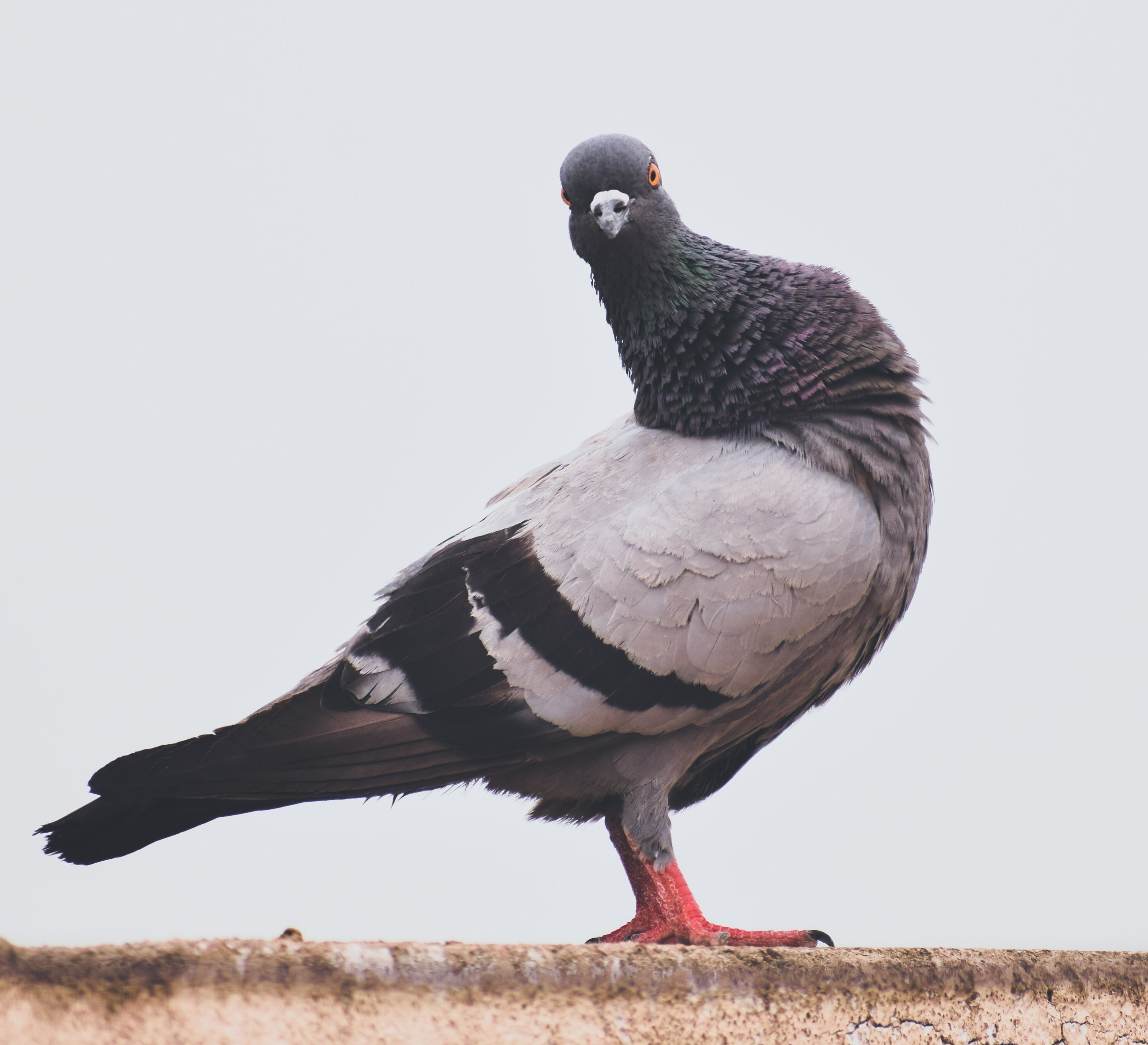Why Pigeons at Rest Are at the Center of Complexity Theory
Why Pigeons at Rest Are at the Center of Complexity Theory
In recent years, researchers have found that pigeons at rest exhibit behavior that can…

Why Pigeons at Rest Are at the Center of Complexity Theory
In recent years, researchers have found that pigeons at rest exhibit behavior that can be explained using concepts from complexity theory. This seemingly simple behavior of pigeons resting on rooftops or perched on branches actually reflects a complex system at play.
Complexity theory focuses on systems that are made up of many interacting components, where the behavior of the system as a whole cannot be easily predicted from the behavior of its individual parts. In the case of pigeons at rest, researchers have observed emergent patterns of behavior that arise from interactions between individual pigeons.
By studying pigeons at rest, researchers have gained insights into the principles of self-organization, feedback loops, and emergence that underlie complex systems. These insights have implications for a wide range of disciplines, from biology to sociology to economics.
Pigeons at rest also provide a fascinating case study for understanding how order can emerge from seemingly random interactions. The way in which pigeons organize themselves on a rooftop, for example, can be seen as a form of collective intelligence that emerges from the simple rules that each individual pigeon follows.
Furthermore, pigeons at rest demonstrate the importance of feedback loops in shaping the behavior of complex systems. For example, if a predator approaches, the pigeons will quickly rearrange themselves in response to the threat, illustrating how feedback mechanisms can help a system adapt to changing conditions.
Overall, pigeons at rest serve as a captivating example of how even seemingly mundane behavior can reveal the underlying complexity of the natural world. By studying these unassuming birds, researchers have been able to gain valuable insights into the fundamental principles that govern complex systems.
So next time you see a pigeon at rest, take a moment to appreciate the intricate dance of complexity that is playing out right before your eyes.







